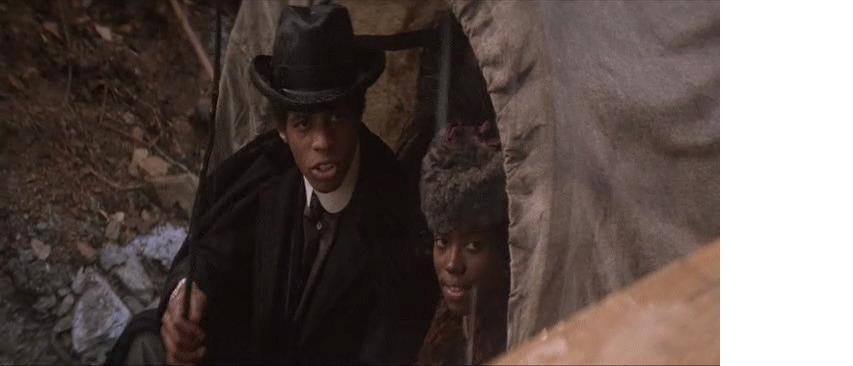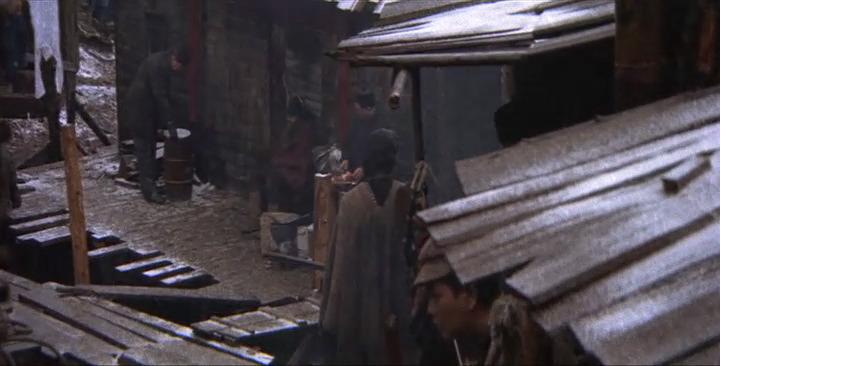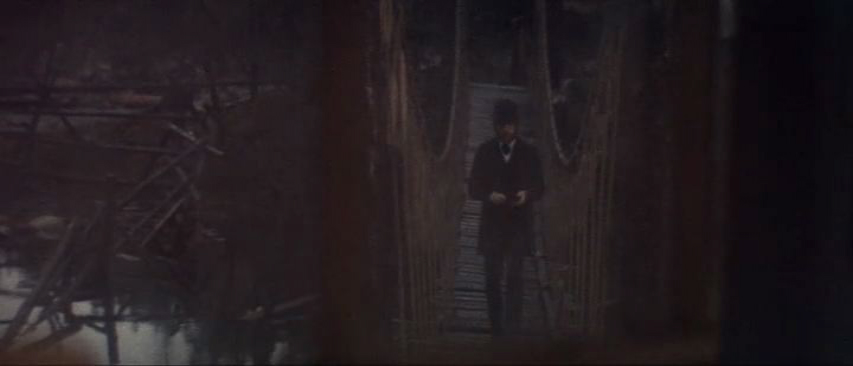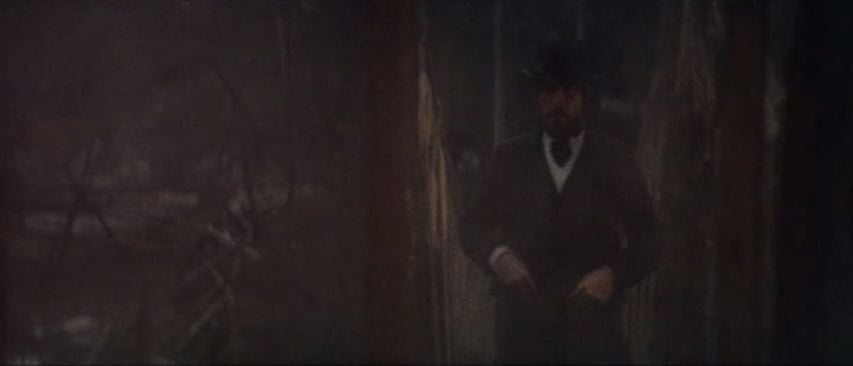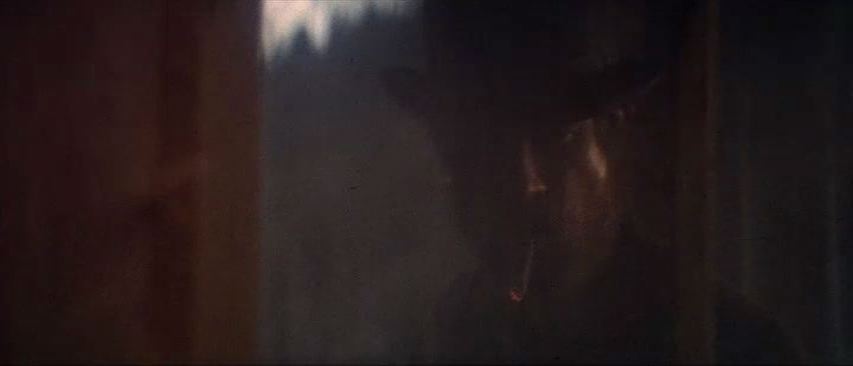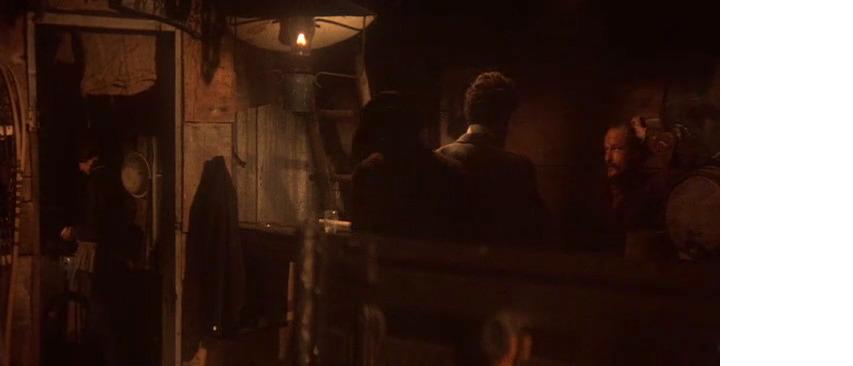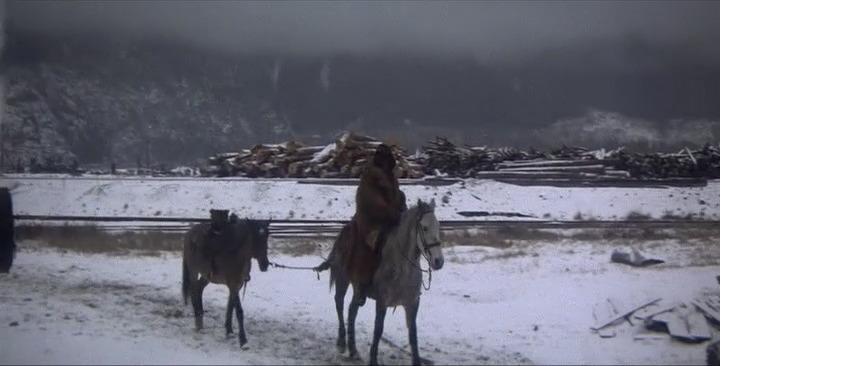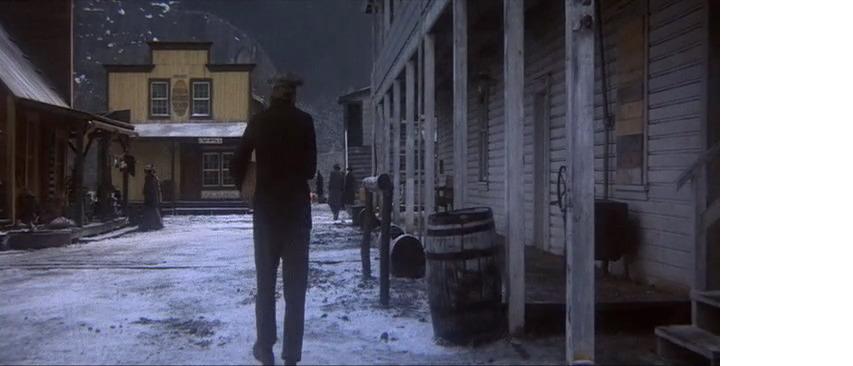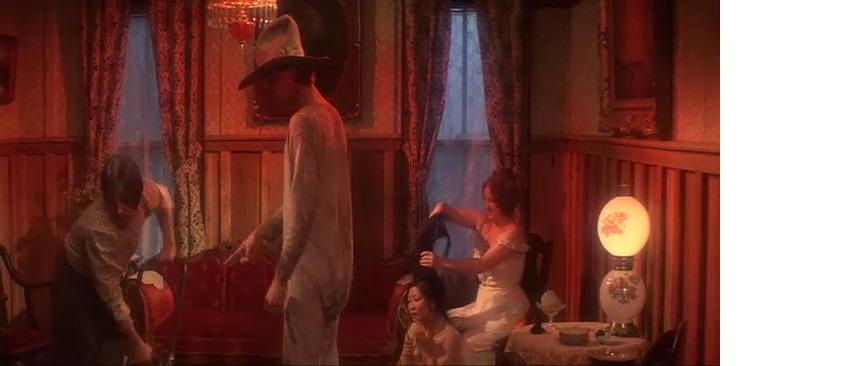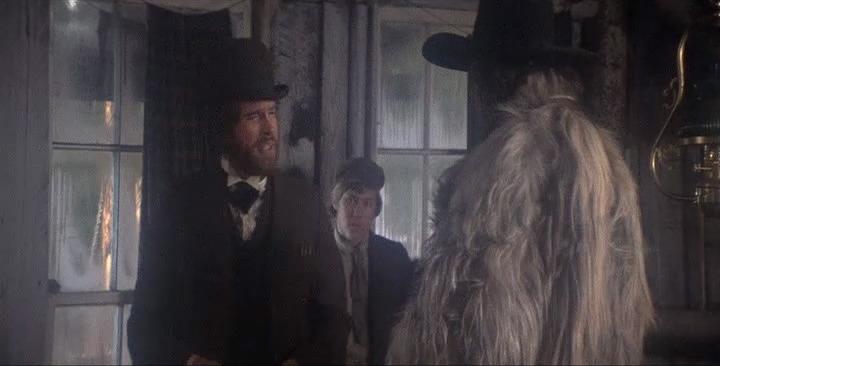"The language of images—maybe not threatens, but directly changes actual lived life. I mean, consider that my grandparents, by the time they got married and kissed, I think they'd seen people kiss ... maybe a hundred kisses. My parents, who'd grown up with mainstream Hollywood cinema, had seen thousands of kisses by the time they kissed. Before I had ever kissed anyone, I had seen tens of thousands of kisses, of people kissing. And I know that the first time I kissed, much of my thought was 'Am I doing it right? Am I doing it according to how I've seen it?'"
—David Foster Wallace—
Though it's been accused of being unfeeling, intellectual, and abstract, Steven Soderbergh's Full Frontal is actually a sterling example of a genre usually derided by highbrows: the romantic comedy. What makes it great is its refusal to take the conventions of the romantic comedy for granted, along with its nagging fear that the attempt to represent romance through these conventions might be an act with real-world consequences. In the last minutes of Full Frontal (spoiler alert, I suppose, though if you can't guess this then you've never seen a rom-com) when the Plucky Single Gal finally meets A Nice Guy, she muses "It was just like a movie." But the question Full Frontal worries at obsessively is: If we imagine love through an unreal medium, does that threaten the reality of our love? It's the question Soderbergh has been asking ever since Sex, Lies, and Videotape: How can we be present for each other with all these screens in the way?
Full Frontal's many characters orbit around Gus Delario (David Duchovny), the producer of the romantic comedy Rendezvous, Full Frontal's film-within-the-film. Gus is a sleazy, life-hating pervert, exactly the kind of guy you'd expect to be behind a movie like Rendezvous, a phony piece of shit that, like most romantic comedies, seems a deliberate attempt to destroy any ability people might have to understand their own emotional lives.
Rendezvous tells the story of an entertainment journalist, Catherine (Julia Roberts), and an up-and-coming actor, Nicholas (Blair Underwood), who fall in love. Or rather, are shoved into it—even the actors comment on how little chemistry they have together, and Rendezvous pushes them into each other through bizarrely manipulative means, including a mysteriously-appearing love letter, an arbitrary fainting spell, and a sudden confession that's clearly coming from the screenwriter rather than the character.
The artificiality of the romantic comedy is made clear visually as well as narratively. The opening scenes of Rendezvous, handsomely shot on 35-mm film, with the enveloping colors and volume-defining light of a Hollywood feature, are followed by scenes from the life of Rendezvous' screenwriter, Carl Bright (David Hyde Pierce), presented with almost over-determined visual cruddiness. When Carl's wife starts her day by flinging open the bedroom curtains, the frame fills with the whiteout wash of digital video, and all the non-Rendezvous scenes thereafter are characterized by graininess, shaky camerawork, and flat lighting.
The deglamorized presentation of Carl's morning with his wife, coming just after the slickness of Rendezvous, invites a reading of the Rendezvous scenes as representing smiling unreality, and Carl's life as The Real. Only that contrast doesn't remain stable either. Just as things are getting heart-tugging, with Carl recalling a dream in which "I had no effect on anyone" while his wife ignores him (awwwww!), little jump cuts forcibly remind us that this, too, is a scene, assembled from multiple takes. The digital video, quick zooms, and echo-y sound make it look like a reality show, but it's definitely not reality, and woe to anyone who mistakes a movie—whether it's Rendezvous or Full Frontal—for the real thing.
The genre of the reality show—the ultimate in tricking the viewer into believing that the manipulated is authentic—is invoked again by Adolf Hitler (Nicky Katt), who's introduced singing the theme song to the TV show COPS. Okay, it's not actually Hitler, it's an actor playing Hitler, performing Carl's play The Sound and the Fuhrer in a tiny downtown theater. Then again, he's referred to in the credits simply as "Hitler," so maybe it really is Adolf himself, now an egomaniacal actor in L.A. rather than an egomaniacal actor in Germany.
Though the only real antagonist in Full Frontal is sheer postmodern malaise, Hitler is the one character the film has no sympathy for—he's a monster, an utter waste of air. And much of what makes him so evil is that he's a creature of pure performance, convinced that his starring role puts him at the center of the world. He preens and demands attention, he name-drops actors as though he knows them (with that horrible L.A. habit of using famous peoples' first names—"It's like Al said—Al Pacino"), and worst of all, he brags that "I broke up with my girlfriend when we started rehearsing this play." Ed (Enrico Colantoni), the director of The Sound..., says that his interest in a play about Hitler came from the idea that "It's evil, it's monstrous not to have feelings," and here, Hitler commits Full Frontal's idea of the ultimate monstrosity: sacrificing love on the altar of performance.
Performance, though, is not just the business of actors. When Ed is opening the theater, musing about his Internet dating profile, he says "It's a place where I can lie" just as the lights come up on the black-box stage. The juxtaposition of a dating-site profile and a theater is a provocative reminder that everyone who has ever looked for love—which is to say, everyone—is putting themselves on a stage, making themselves into a performer, and they naturally look to other performers for inspiration. Similarly, Linda (Mary McCormack) seems to have no connection at all with the movies, but her job as a masseuse makes her take a fake name and a fake persona, and an awful encounter with Gus lands her in a hotel hallway in a slinky dress, mistaken for a hooker by the maid (who isn't exactly wrong)—the performance becomes the reality, the mask becomes your face.
Throughout Full Frontal, characters find themselves in situations where they have to perform at a person rather than talk to them—a job interview, a meeting with the boss, a journalist covering a celebrity, a pitch session, and so on. Carl's wife Lee (Catherine Keener) is a corporate VP tasked with interviewing a company's staff to decide who'll be downsized, and the pressure of testing people rather than interacting with them is pushing her to a crack-up—she's behaving in ways that break the scripted interactions of an interview, and threaten to make something real spill through the cracks. At one point she shocks an employee by asking "Do you find me attractive?" Asked "In what way?" she replies, "In a human sort of way." But much of what's maddening Lee is that there is no "human way"—there's no interaction that isn't the product of a network of expectations, and no way to get at the person under the performance.
Or maybe there is one way—as Carl says, "You can't pretend to be having sex with someone when you're actually having sex with them." Just before he says that, the screen fills with the words "A VOW by Carl Bright," like a husband's wedding vow to his wife. But the camera pulls back to reveal that the text was the headline of a fluffy celebrity profile, the conversation is an awkward flirtation with an uncomfortable co-worker, and the subject under discussion is porn movies, the ultimate in transforming the act of love into an image of itself.
But then, romantic comedies are equally guilty of transforming emotion into performance, as the Rendezvous scenes keep reminding us. Even within Rendezvous, the tension between a performance and a person keeps the characters from connecting: Nicholas' a cappella rap halfway through the film was lambasted by critics for its stiffness, but that's part of the point—we're seeing two people go from talking to each other to performing at each other, and it's a terrible thing to behold.
But the greater tension comes from the pull between love's unphotogenic reality and the demands of a visual medium. The final moments of Rendezvous dramatically objectify this tension, as Catherine and Nicholas go for their big kiss, but instead turn their full faces to the camera, their lips unable to touch because they're so busy giving themselves to its devouring eye. The love story is destroyed by the demands of the movies; Julia Roberts' superstar smile becomes the grin on a corpse.
Rendezvous starts realistically and gradually collapses. Full Frontal moves in the opposite direction: it starts with voice-overs, jump cuts, and strange visual non-sequiturs, but the alienating devices mostly drop away as we become more wrapped up in the characters and their stories. In the final scenes, when Linda and Ed meet, we're presented with the difference between a movie love, sealed with snappy dialogue in the world's most well-lit food court, and a real love, created with awkward jokes in a much less flattering airport.
And then, at the last moment, the rug is pulled out from under us one more time, as Soderbergh steps back from the happy couple to reveal that the airplane they're meeting on is every bit as artificial as the airplane where Rendezvous blows itself apart. Throughout Full Frontal, the movie teased the possibility of breaking through itself into our world, as when Francesca Davis (Julia Roberts), the actress playing Catherine in Rendezvous, starts a romance with a theater tech, a romance that mirrors the actual story of Julia Roberts familiar to any reader of People Magazine (Soderbergh seems to have a particular love of playing this sort of game with Roberts; the funniest moment in Oceans' Twelve is when the gang hatches a plan to have Julia Roberts' character help them with a robbery by pretending to be Julia Roberts, over her objection that "I don't look anything like her!"). Soderbergh's characters are all struggling to achieve a moment of connection—Carl's spiritual progress can be measured by comparing his creepy, manipulative flirtation near the beginning of a movie to his simple openness with another woman near the end—and like them, the movie keeps trying to break through the forest of images to the people on the other side.
But of course, that isn't possible. When the camera pulls back to reveal a movie set and Linda says that falling in love is "just like a movie," there's a trapped and touching sadness to the moment—the movie, like Linda, like anyone, is never free of the obligation to perform. Like James Spader in Sex, Lies, and Videotape, a world is built around the idea that an image on a screen makes it possible to apprehend a person.
It doesn't.
